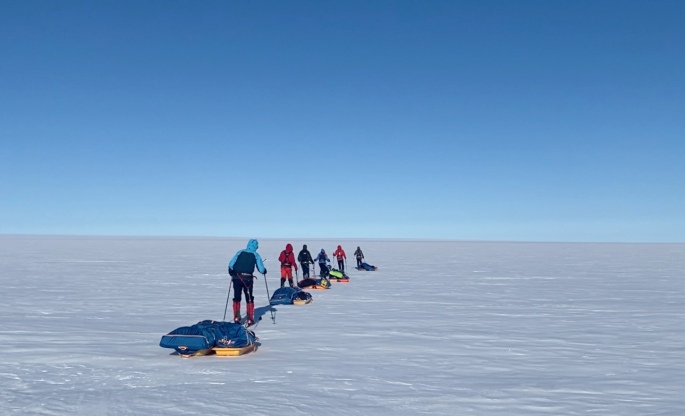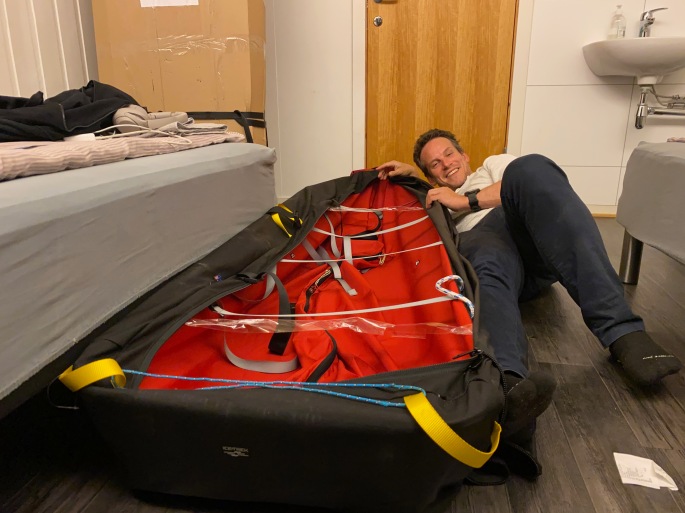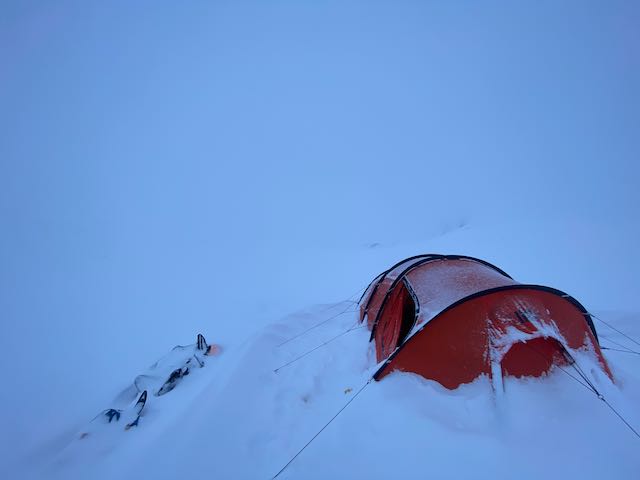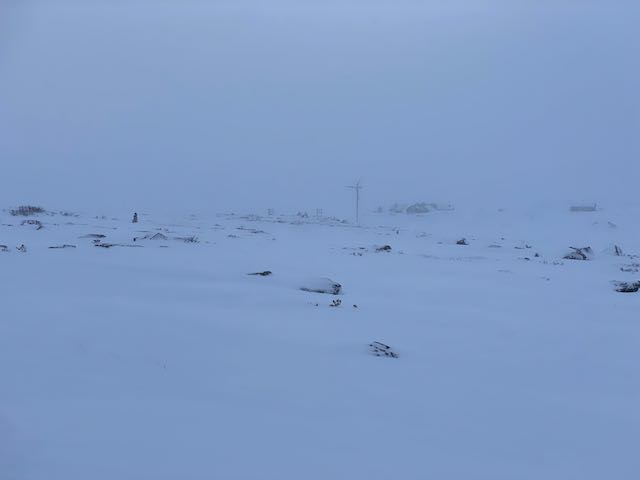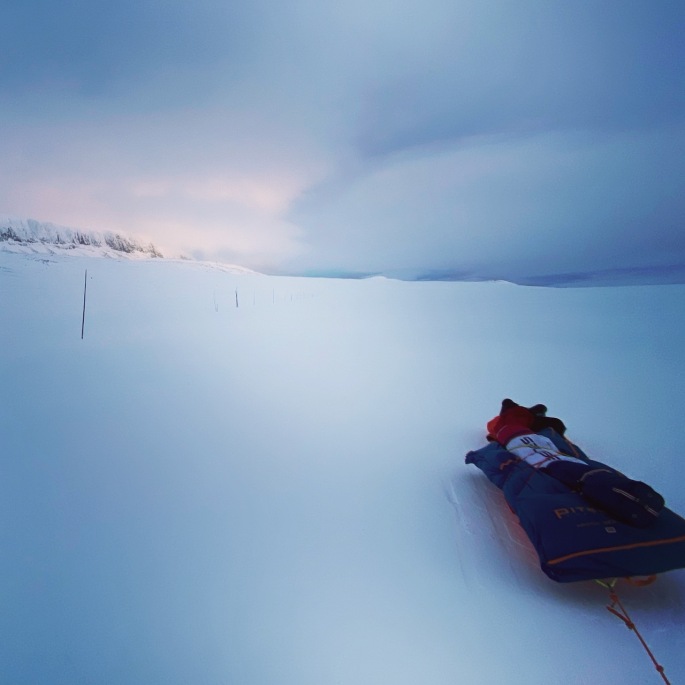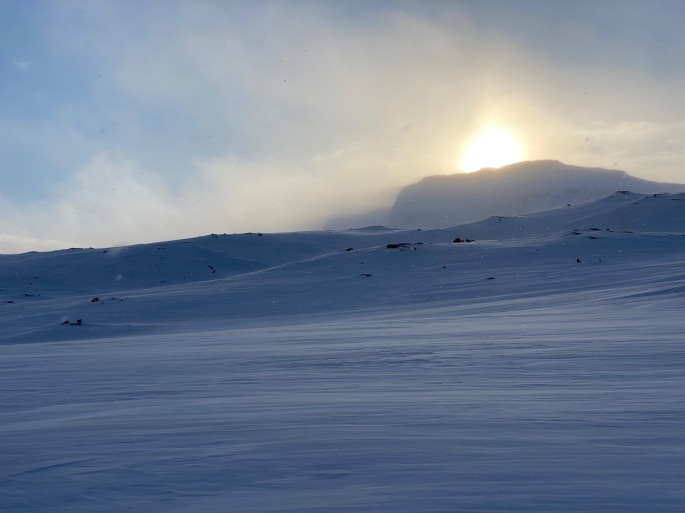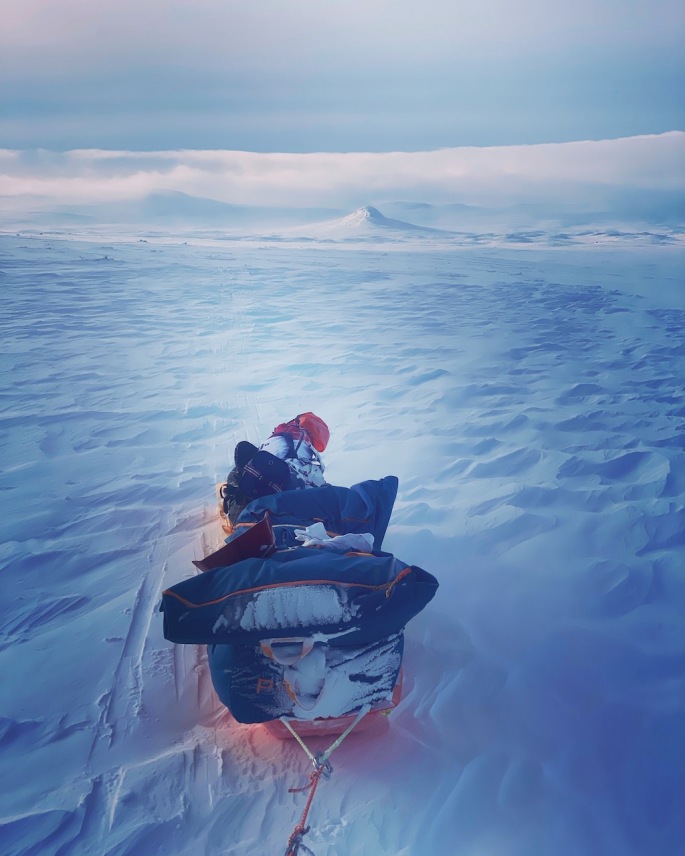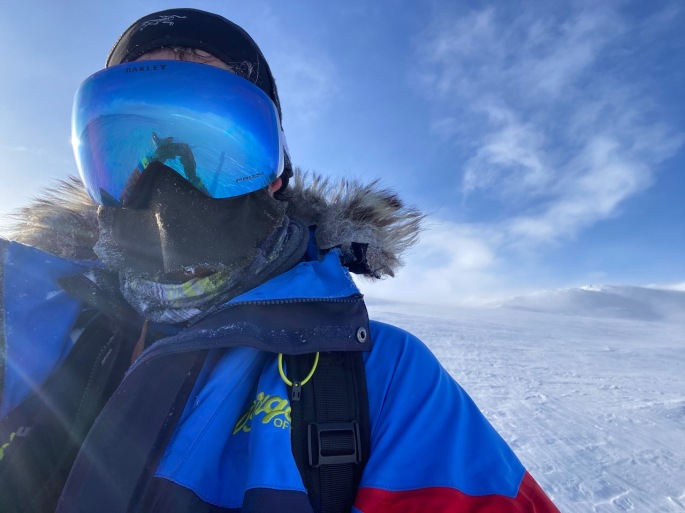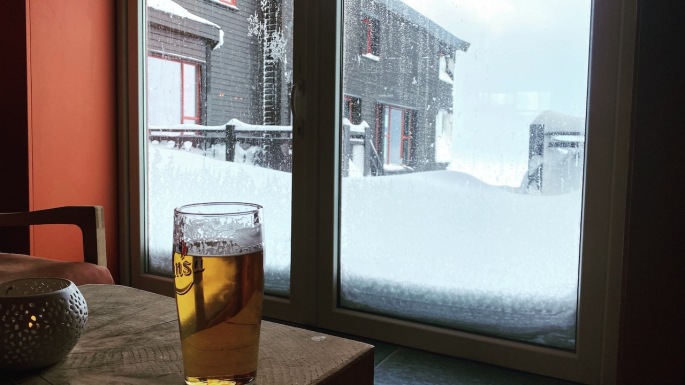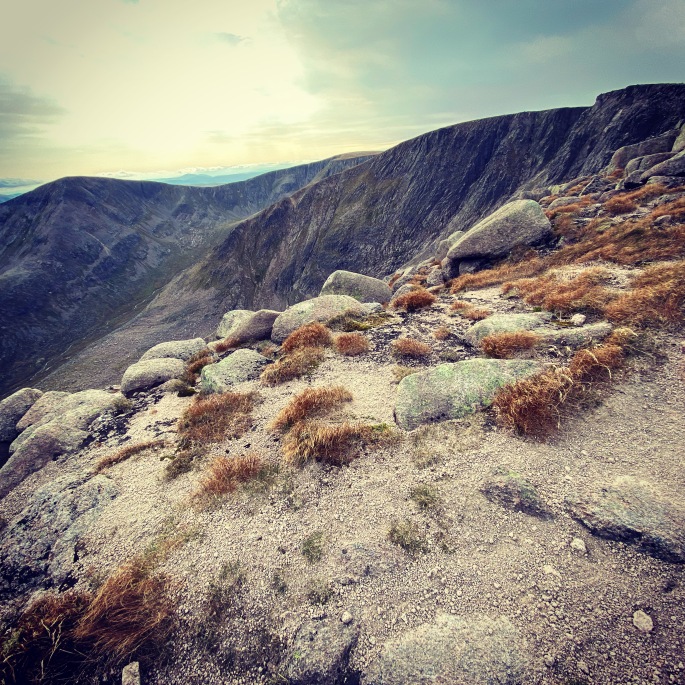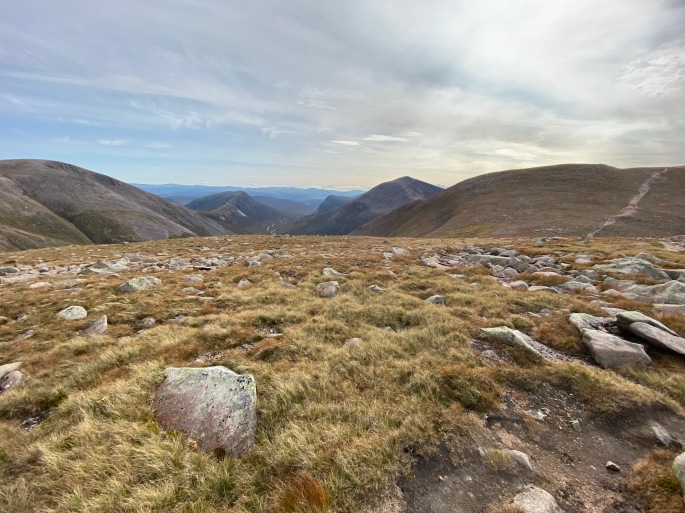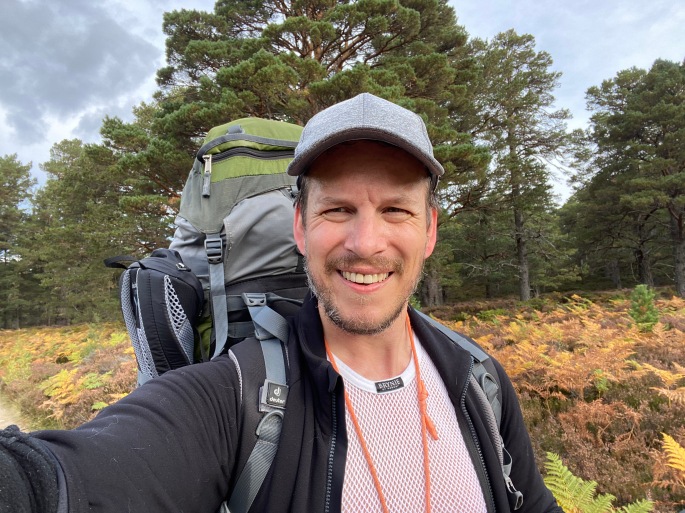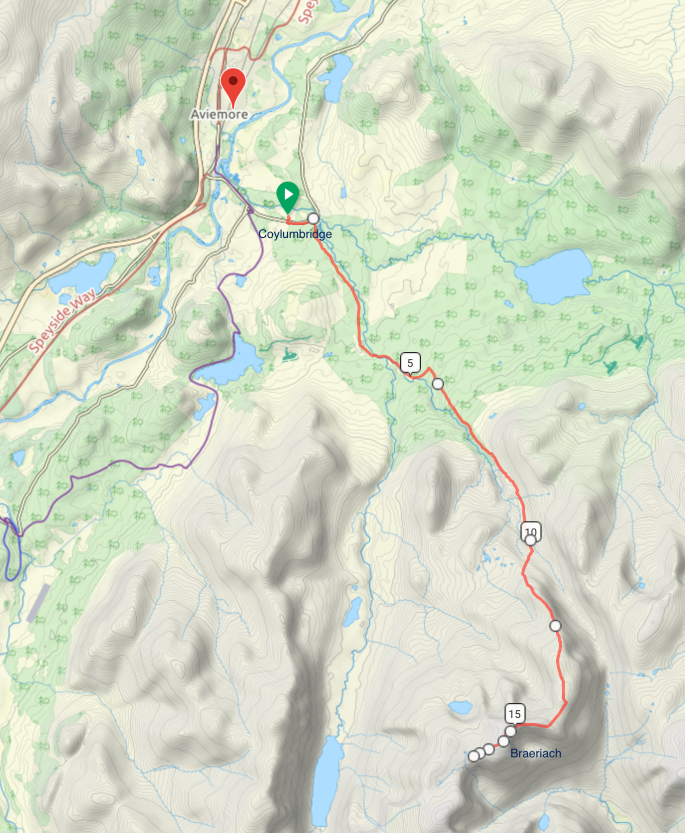The pulk (the sled) is pretty important for the entire journey. I will be pulling all my food, tent and equipment, fuel and clothes it and at the start of the South Pole journey, it will weigh around 110kg or so. So it’s got to be pretty sturdy!
In Greenland, where we were pulling around 80kg or so, we used two Paris Pulks each. These are decent in that they are not very expensive, though as they are quite short, it was impossible to put everything onto just one of them. One of the big disadvantages of the Paris Pulks is that they are quite shallow and it is easy for them to become top-heavy and topple over to the side. You also have to have separate bags with all your gear and food that you secure on top of them with bungees or some other means. If you don’t pack your bag properly each morning, then you’ll be in for an annoying day having to go back and forth to the sled to turn it the right way up over and over again. Also, when the wind gets very strong, it can simply push the pulks over, and in Greenland we had to put the two pulks parallel with each other for a few days to stop that from happening.

So for the South Pole journey, I have got myself a nice gigantic IceTrek Polyna sled. 210cm long, 68cm wide and 25cm deep (without the cover). Made by fantastically experienced polar explorer Eric Philips, they have a tremendous cargo volume and are designed to effectively float on soft snow and glide along nicely on the ice. Shouldn’t have any problems of overbalancing! I had arranged with Eric to pick the sled up in Svalbard (long story!)… quite an epic journey to get there and back… Inverness-London Luton–>London Heathrow-Oslo-Longyearbyen-Oslo-London Heathrow–>London Gatwick-Inverness… 6 planes, 6 different airports, 3 trains, 3 buses, 3 taxis, 2 days! Was kind of worried after collecting it that it might be too big for the airlines, and trying to cart it through the airport on the trolleys was pretty tricky given it’s length, but fortunately no real problems in the end! Tiring though.
Just a note: am (trying to!) raise funds for Cancer Research UK with these expeditions – please donate if you can, or share if you can’t!!! It would be amazing to have your support!
